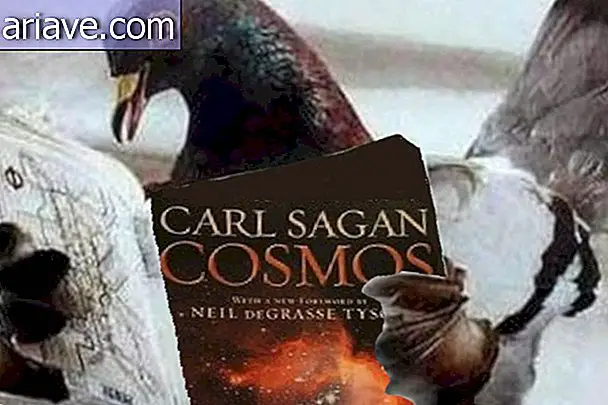Five Solar System Planets Align and Visible in the Sky
If you don't know, of the eight planets that (officially) make up the Solar System, five of them — Mercury, Venus, Mars, Jupiter, and Saturn — can be observed here from Earth without the aid of telescopes. Only, because of their orbits, they cannot always be seen at the same time in the night sky.
However, sometimes it happens that the quintet “gathers” to toast the Terrans with a heavenly spectacle, as happened in February this year. And if you missed the opportunity to observe the five planets aligned at the beginning of the year, get ready, as between late July and August, our neighbors will have a new parade in the sky.
Planetary alignment
Starting now at the end of July - more precisely, from the 31st - the five planets will be visible again, and best of all, unlike at the beginning of the year, when they could only be spotted a little earlier. At dawn, our neighbors will begin to give their air of grace also at dusk. In fact, those who live in the Southern Hemisphere will have the privilege of seeing alignment more clearly than those who live in the North.
The peak of the show should take place around August 15th - write it down! - and, as happened in the beginning of the year, Mercury will be the most difficult planet to identify because it is closer to the horizon. Therefore, it is recommended that you have a pair of simple binoculars handy to make this first recognition.

Going east-west after finding Mercury, as the other planets will be within a plane of only 75 degrees by mid-August, it will be easier to identify them all. Returning to Mercury, it will be shining with a magnitude of +0.7, which is not much, since the more positive the magnitude, the less bright the star is, and vice versa. Beside him you can also see the star Regulus - the brightest of the constellation Leo.
Just below this little planet, you will be able to see the planet Venus - which is shimmering with a magnitude -3.9 - and above Mercury you can see Jupiter (with magnitude -1.7). Next will be our bright moon and, after it, the planet Mars (with magnitude -0.7 in the constellation Libra) followed by Saturn (with magnitude +0.3 in the constellation Ophiuchus).
The lineup can be seen by the end of August and, to close the show, between 27 and 28 Jupiter and Venus will be very close, reaching a distance of only 4 arc-minutes - or about 1 / 8 of the angular diameter of the moon - approximately each other. Remembering that in order to be able to observe the stars in all their splendor, it is ideal that you escape the cities and look for a place free of light pollution!











